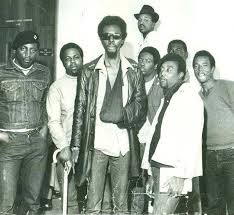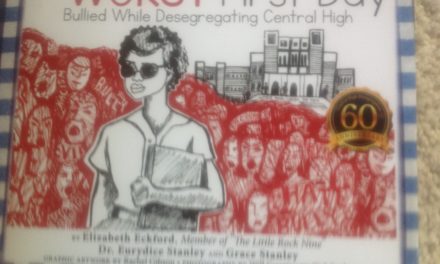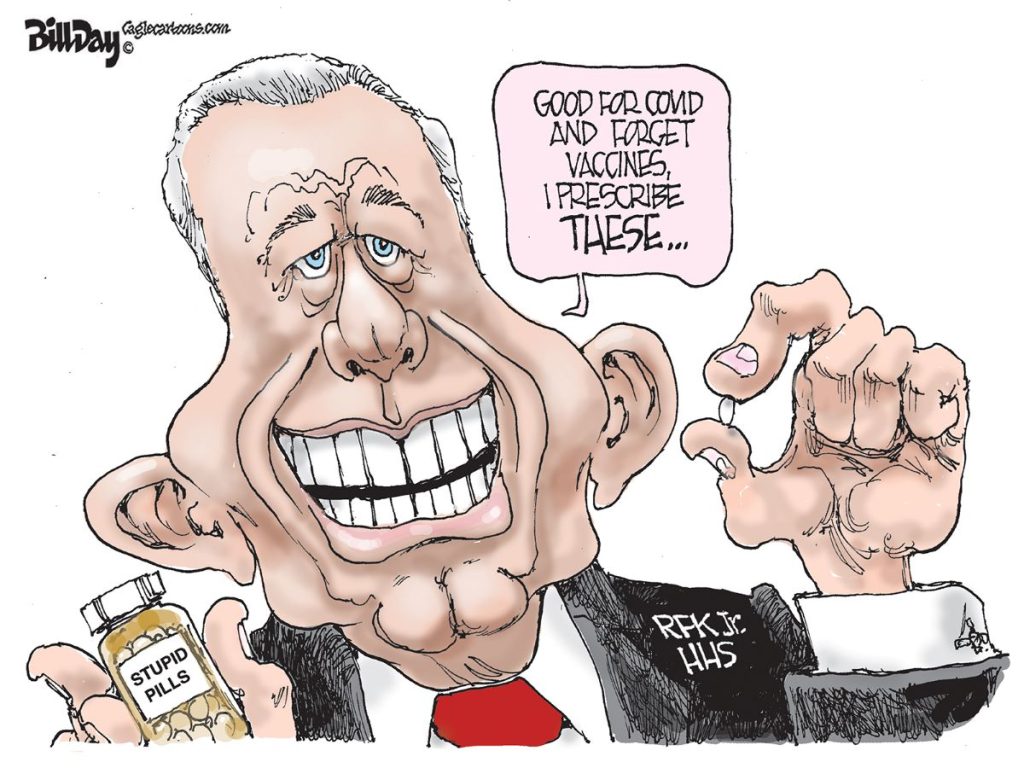The long-awaited film about the Memphis Invaders was shown last night, and anyone alive in Memphis in 1968 remembers the impact that they had during the civil rights movement that culminated in Dr. Martin Luther King Jr. coming to Memphis in support of sanitation workers. The following post was published March 30, 2008:
If the Memphis Invaders hadn’t existed, the Memphis civil rights movement would have had to invent them.
They were the militant yin to the mainstream movement’s yang. They were the tough talk to the leaders’ persuasive rhetoric. They were the grassroots organizers to the movement’s community mobilizers.
But, most of all, they created a palpable fear in Memphis at large that kept white power brokers at the table talking to civil rights that were seen as more reasonable and more powerful.
Power To The People
Because the vocabulary and the actions of the Invaders were about Black Power, the demands of civil rights leaders seemed moderate and reasonable in comparison.
The Invaders – officially named the Black Organizing Project – were a youth movement, and while they are often a footnote to the 1968 historic events in Memphis, they were in truth key players to what took place here.
In February, 1968, their grassroots group – named for the popular television program, The Invaders, in which aliens passed as humans by day but remained totally different when together at night – was a year old when the sanitation strike began, and already, they were a force to be reckoned with in the neighborhoods.
The Cast
The early leaders were Coby Smith, honors student and one of the first two black students at Rhodes College; Charles Cabbage, a Morehouse College political science graduate; John Smith, military veteran and intellectual; and Calvin Taylor, University of Memphis journalism graduate. They debated political philosophies and quoted with ease the Bible, Gandhi, Cleaver, Mao, and the U.S. Constitution.
To the news media and the white power structure, they were hoodlums and thugs. It was a time when anyone who was pro-black was immediately seen as anti-white.
Now, wearing 40 years of world-weary experience, they exude a “we’ve seen it all” attitude as they reflect quietly on those volatile days when Memphis seemed to be coming apart at its seams. They are reflective and philosophical, and only occasionally does something spark the old fire in the belly that characterized their student and neighborhood organizing back in the day.
Veterans
And yet, they are like World War II veterans, who are transported immediately to the moments when history-making events transformed their lives. They recall events in vivid detail and can lapse into the old arguments as if it’s again April, 1968.
It’s hard to see them today in their 60’s and imagine them in a time when the revolution was at hand and that guns were carried in the wake of waves of rumors about planned white attacks and violence.
Listening to them now and seeing their clear recalling of the forces that converged in Memphis to take Dr. Martin Luther King Jr.’s life, it’s hard to fathom a time when their names prompted fear and anger, a time when they were blamed for everything that happened in the black community – from school walkouts to bank robberies.
Strangers In Their Own Land
Such were their characterizations by the news media, because if the overwhelmingly white reporters’ corps could vilify Maxine Smith, Benjamin Hooks and others, the Invaders were domestic terrorists, intent on blowing up Memphis and upending the social order.
It was a fact made even more interesting by the fact that Mr. Taylor worked as a reporter at The Commercial Appeal, the embodiment of the alien who worked by day in white-dominated society and toiled by night to change all that it stood for.
It’s hard to imagine, but it’s even harder to imagine that 40 years ago, the chairman of the Chamber of Commerce could say: “You can’t take these Negro people and make the kind of citizens out of them you’d like. It’s going to take maybe 40 years before we can make any real progress.”
Racial Consciousness
Like much of the Memphis establishment, the Chamber stood foursquare against sanitation workers going out on strike and backed Memphis Mayor Henry Loeb’s rigid stand against negotiation with the men who occupied the lowest rungs of city employment.
While mainstream civil rights leaders concentrated on settling the strike, the Invaders called for more self-determination by African-Americans, for more disruption of the status quo and for a new racial consciousness and pride. As a result, their military jackets and their berets became symbols of grassroots anarchy, and they were rejected by African-American leadership.
That all changed March 28, 1968. Because of Dr. King, they became a force to be reckoned with. It was on that day that the much-anticipated march led by Dr. King in support of the sanitation workers burst into violence 20 minutes after it started. Store windows were broken, tear gas and nightsticks were thrown by police, a 16-year-old was fatally wounded by police and 64 people were injured.
Blame Game
It badly damaged Dr. King’s non-violent reputation, and his hasty retreat from the march inspired a newspaper cartoon with the caption: “Chicken a la King.” A day later, armed National Guardsmen in armored personnel carriers rolled on the streets of Memphis.
As usual, when it came time to assess blame, it came to rest on the Invaders, who had dramatically refused to be part of the march. They were nonetheless blamed for sabotaging it. By that point, any young black man in Memphis with an Afro and wearing a beret was called a member of the Invaders.
In the wake of that nationally-publicized failure, Dr. King and the Invaders had a quiet meeting with Mr. Cabbage and Mr. Taylor, and when Dr. King returned for a follow-up march, it was the grassroots radicals that were acting as marshals in charge of security for the march. One, Mr. Taylor, would always be absent on these days of history-making events, because he was working as a double agent at The Commercial Appeal.
Conspiracies Begin
Upon Dr. King’s return on April for a follow-up march five days later, he moved from the former Holiday Inn-Rivermont to the black-owned Lorraine Motel. He moved the Invaders into the motel with him, a decision that infuriated some of his colleagues. Whether Dr. King recognized the value of grassroots involvement or whether he wanted the Invaders where he could watch them, he had the innate ability to bring disparate contingents into the fold.
On April 4, only a couple of hours before a bullet killed Dr. King and the Memphis that he had come to know, the Invaders were asked to leave the Lorraine Motel following an argument with leaders of Dr. King’s camp.
Shortly after arriving at their South Memphis apartments, they would learn that Dr. King had been shot. Mr. Taylor would learn it from the teletype machine clattering at The Commercial Appeal.
Connecting The Dots
Later, they would also learn that the APB that went out from Memphis Police Department was for a Mustang driven by the shooter fleeing the scene. The leaders of the Invaders also drove a Mustang, and they remain convinced that they were being set up for the assassination.
When they today connect the dots of conspiracy, a line runs from the Mustang to the removal of Ed Redditt from the fire station overlooking the Lorraine Motel where he was handling surveillance of the civil rights leader. It also connects to the undercover FBI agent who was building a file on The Invaders – files they have still not seen today – and who, following Dr. King’s murder, moved on to the CIA.
Following the murder of Dr. King, most of the Invaders left Memphis for a time, disenchanted by the events, harassed by the police, maligned by the media and fatigued by the speed in which history overtook and destroyed them.
***
Join us at the Smart City Memphis Facebook page for daily articles, reports, and commentaries relevant to Memphis.





an incredible story. so glad someone has captured this on film.